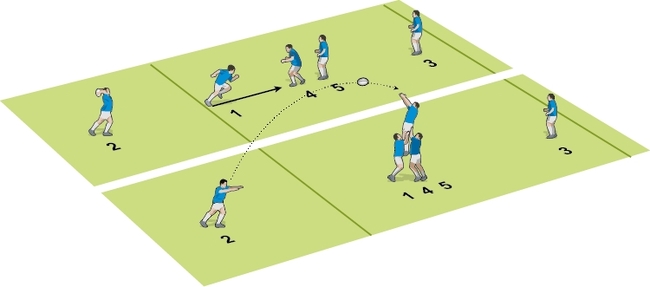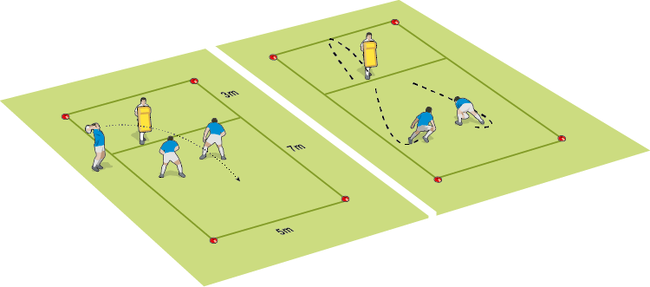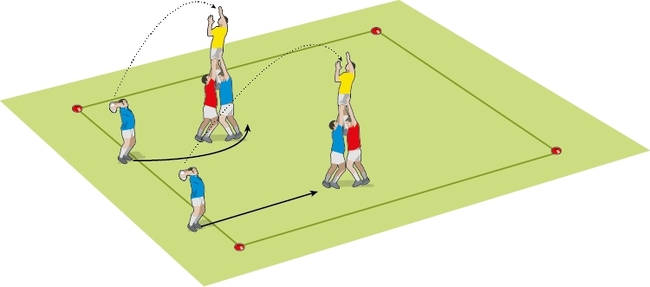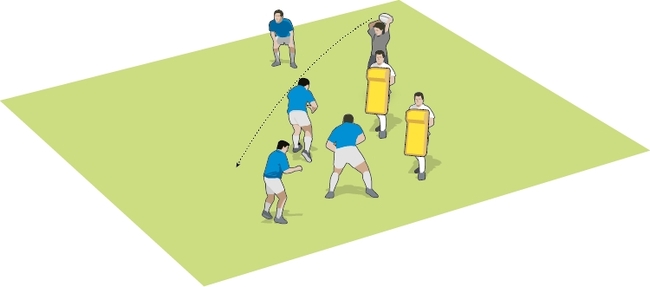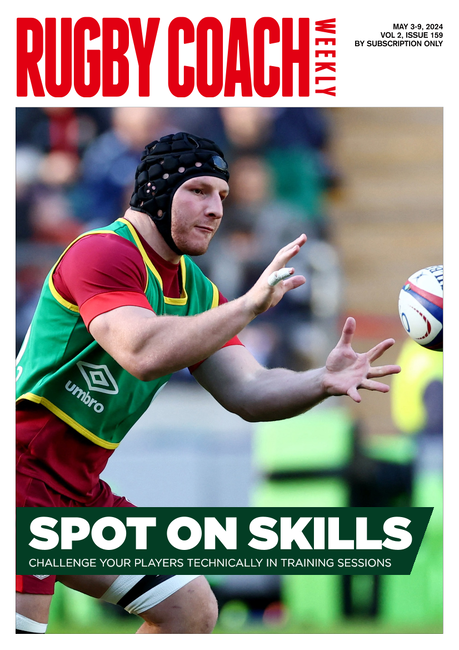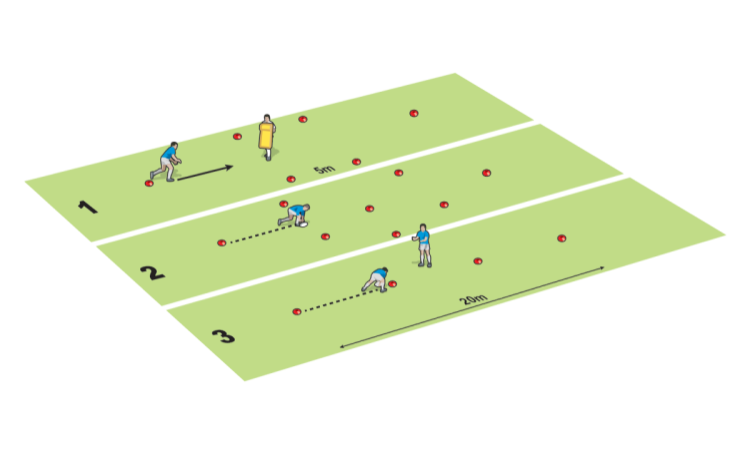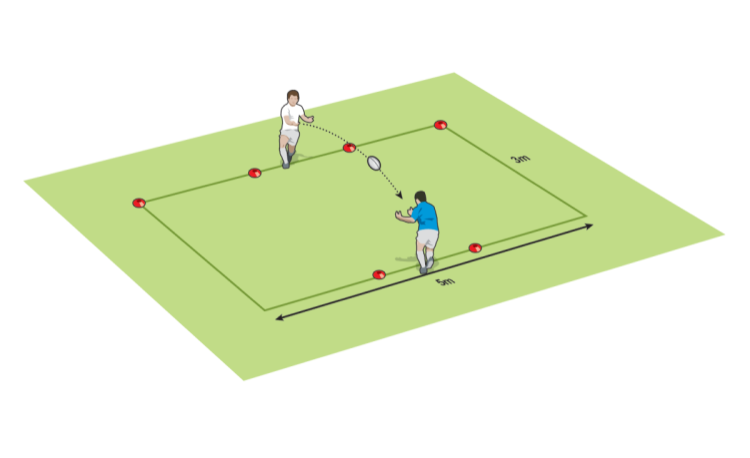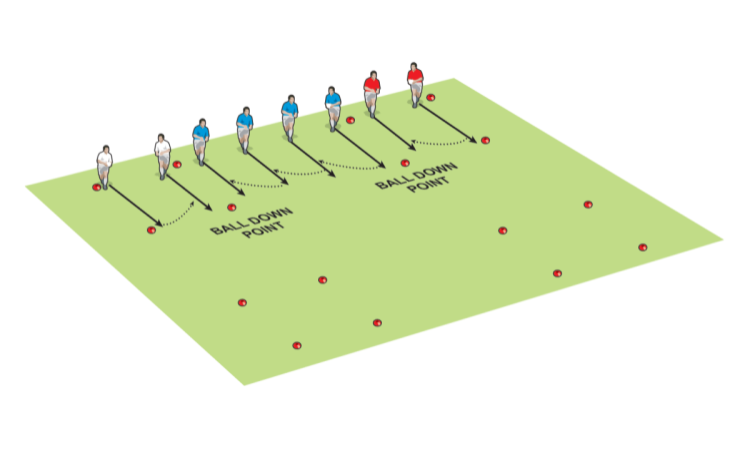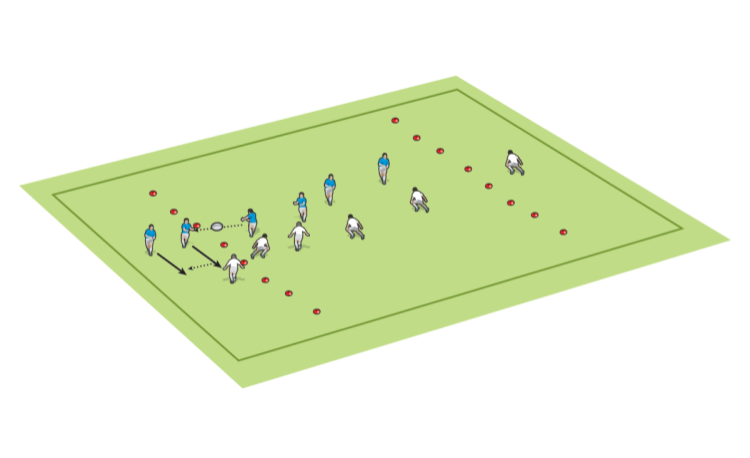You are viewing
1 of your 2 free articles
Mix up your lineout training and tactics
But a lineout is not just about the jump/lift. It's also about what happens afterwards. Here are four activities to develop different aspects of this set-piece situation.
Use Lineout good/bad phases to develop your play based on the success of your lineout.
Great four-man lineout plays gives you options if you lack lots of jumpers and lifters in your team,
If you don't nail the throw and jump, Lineout recovery challenges the players to react and restart the phase.
Lineout imperfection is ideal to introduce more players into the possible lift/jump roles.
Newsletter Sign Up
Coaches Testimonials

Gerald Kearney, Downtown Las Vegas Soccer Club

Paul Butler, Florida, USA

Rick Shields, Springboro, USA

Tony Green, Pierrefonds Titans, Quebec, Canada
Subscribe Today
Be a more effective, more successful rugby coach
In a recent survey 89% of subscribers said Rugby Coach Weekly makes them more confident, 91% said Rugby Coach Weekly makes them a more effective coach and 93% said Rugby Coach Weekly makes them more inspired.
Get Weekly Inspiration
All the latest techniques and approaches
Rugby Coach Weekly offers proven and easy to use rugby drills, coaching sessions, practice plans, small-sided games, warm-ups, training tips and advice.
We've been at the cutting edge of rugby coaching since we launched in 2005, creating resources for the grassroots youth coach, following best practice from around the world and insights from the professional game.
